
"I’ll be back, "claims Arnold Schwarzenegger's T-800 in James Cameron’s 1984 film The Terminator and indeed thirty years later the film is as iconic as ever. With the 67 year old Schwarzenegger set to star in next summer’s Terminator: Genisys (Hale, 2015), the iconic cyborg will again don his sunglasses in the newest addition in the series. At the 30th Anniversary showing of the film at LA’s Egyptian Theater, Cameron explained how Arnold’s 67 year old physique will make sense in the context of the film, “I pointed out that the outer covering (of the Terminator) was actually not synthetic, that it was organic and therefore could age. You could theoretically have a Terminator that was sent back in time, missed his target, and ended up just kind of living on in society. Because he is a learning computer and has a brain as a central processor he could actually become more human as he went along without getting discovered" (Yamato, "Terminator's James Cameron and Gale Anne Hurd: Hasta La Vista to "Fear Based" Studio Filmmaking").”
But why has The Terminator film itself endured despite the original film’s miniscule budget of only 6.5 million dollars (French 7)? I believe the original film’s themes are relevant due to the context in which the film was made. Coming out in the midst of the cyberpunk movement in the early 1980’s, the film’s dark noir type atmosphere, and action, are coupled with a cautionary message on the dangers of technology. The T-800 character still represents this chiseled form of mechanical perfection, yet still possesses the flesh of a human. Schwarzenegger was an Austrian body builder who was relatively new to acting, and actually the financer's pick for the role of the film’s protagonist Kyle Reese ( Keegan, "Schwarzenegger as Kyle Reese?! James Cameron on Terminator casting"). It was actually Cameron, who asked if he could play the role of the terminator (Keegan, "Schwarzenegger as Kyle Reese?! James Cameron on Terminator casting").
In our currently tech driven world of drones, and, the film’s warnings about what could happen if we allow technology to progress faster than we're able to control it, remains just as relevant today. Chosen by the Library of Congress National Film register as being “culturally, historically or aesthetically significant” the film will forever remain relevant in this fast paced tech driven world.
Works Cited:
French, Sean. The Terminator. London: British Film Institute, 1996. Print.
Keegan, Rebecca. "Schwarzenegger as Kyle Reese?! James Cameron on 'Terminator' Casting." Hero Complex Movies Comics Pop Culture Los Angeles Times. Hero Complex, 12 June 2014. Web. 30 Oct. 2014.
Terminator. By James Cameron and Brad Fiedel. Perf. Arnold Schwarzenegger, Michael Biehn, and Linda Hamilton. Metro Goldwyn Mayer, 1984. DVD.
Yamato, Jen. "‘Terminator’s James Cameron & Gale Anne Hurd: Hasta La Vista To “Fear-Based” Studio Filmmaking." Deadline. Deadline, 18 Oct. 2014. Web. 30 Oct. 2014.





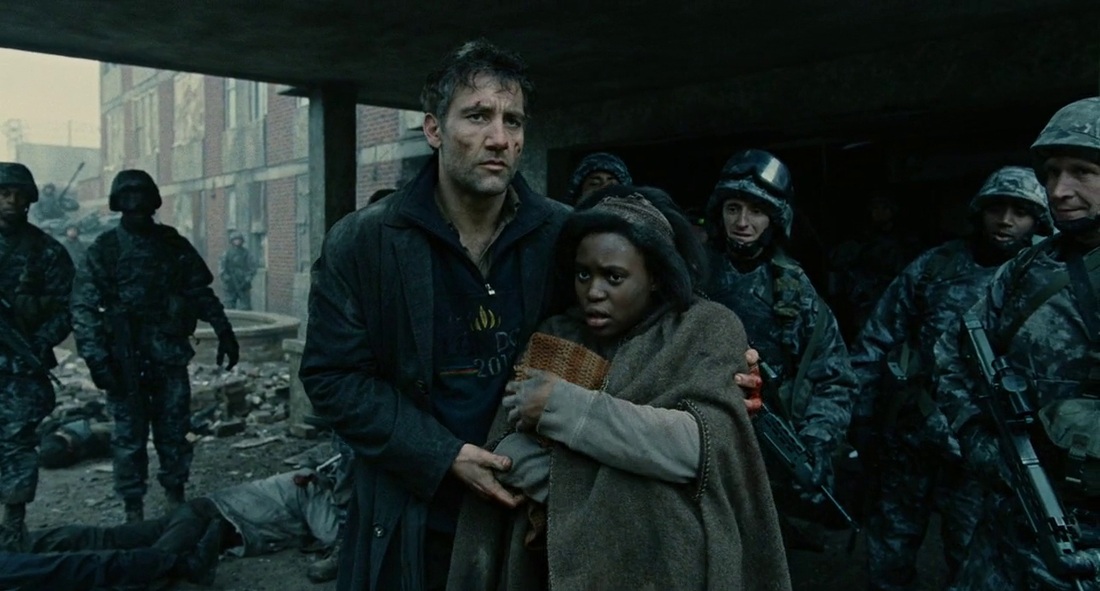

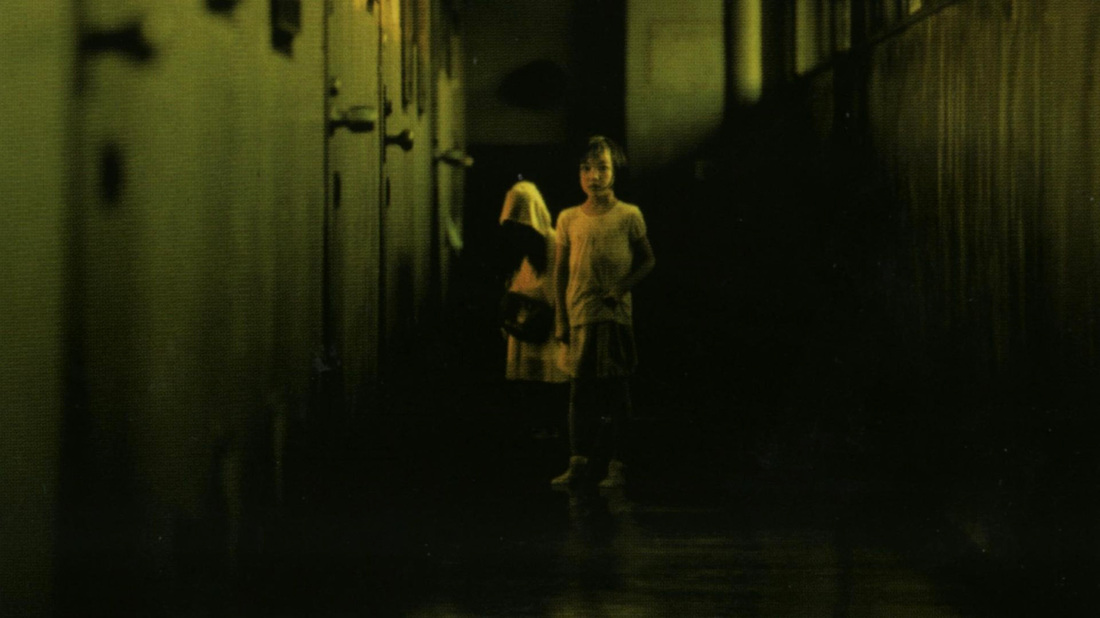

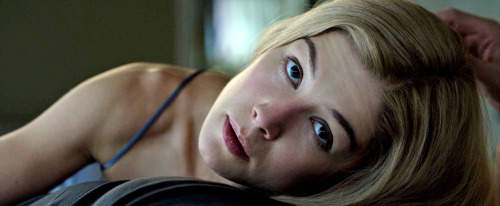
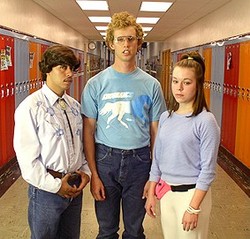
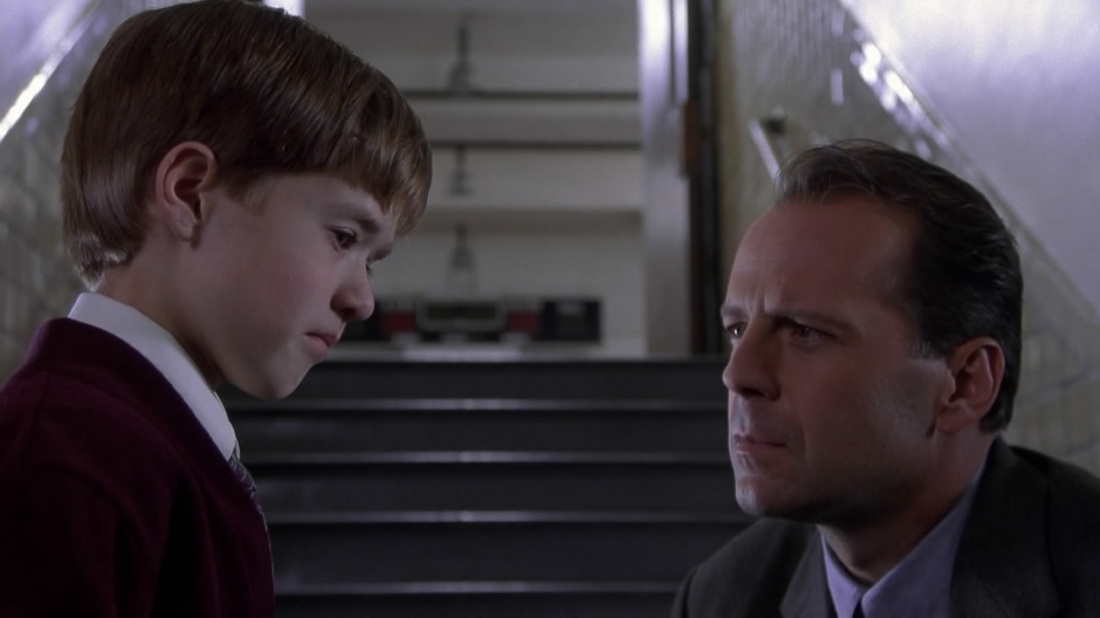

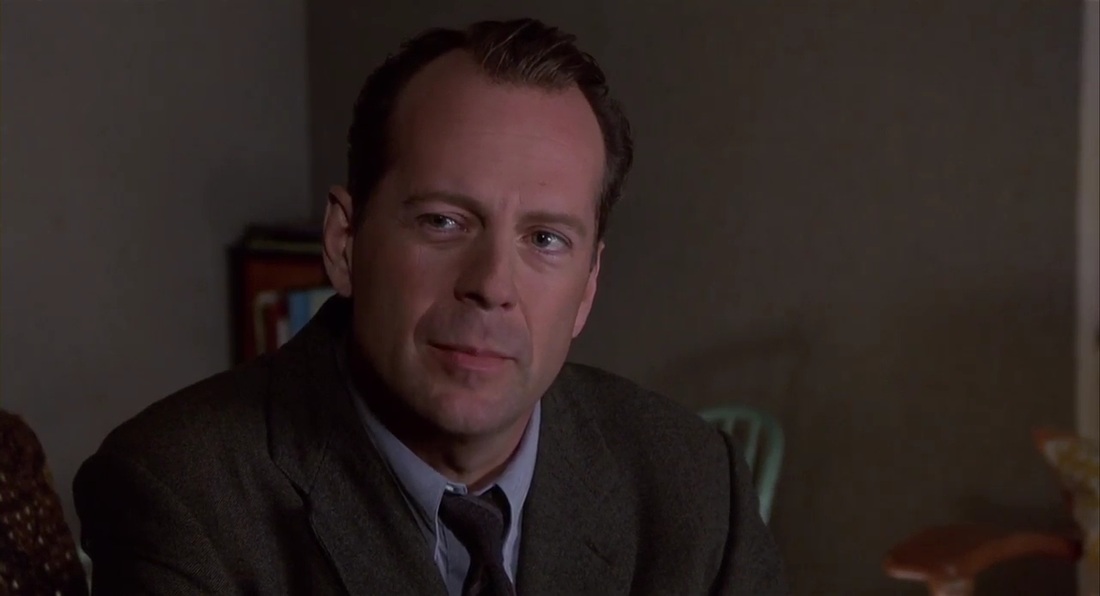


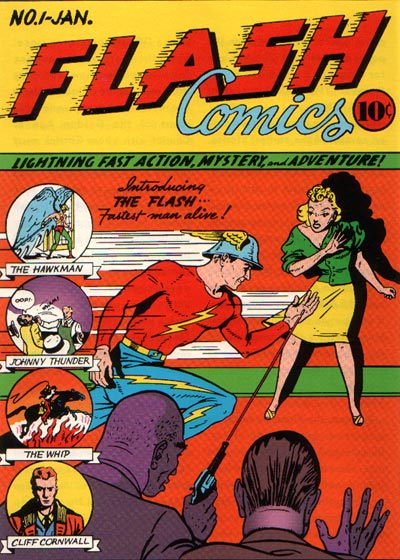
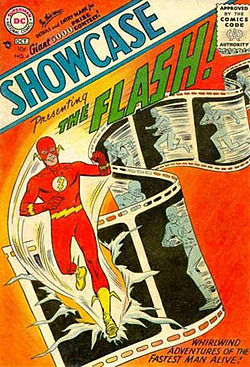
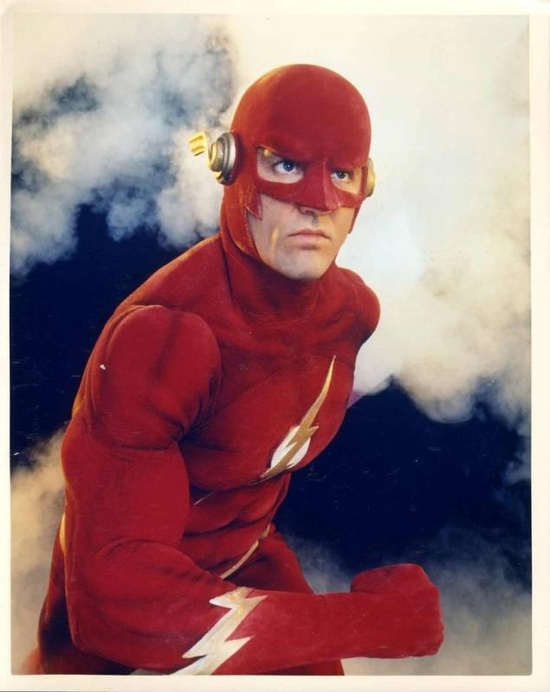
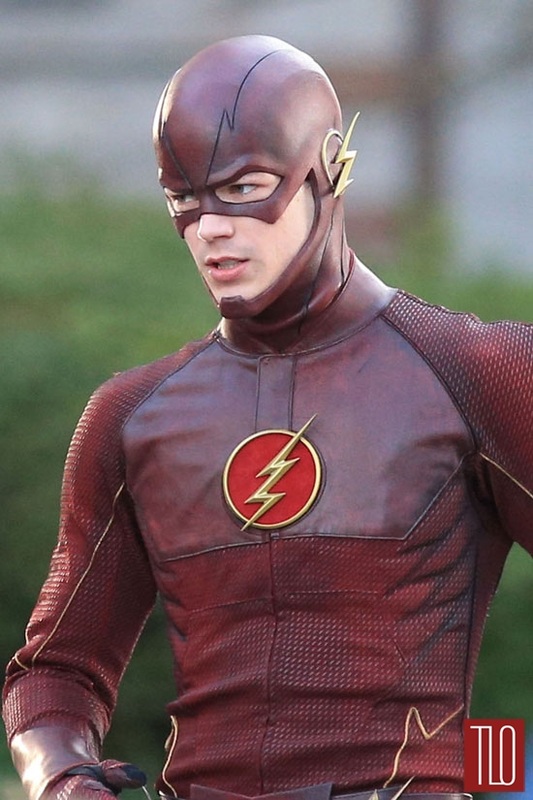
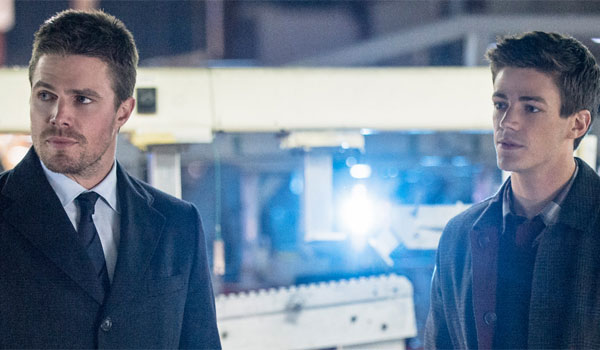


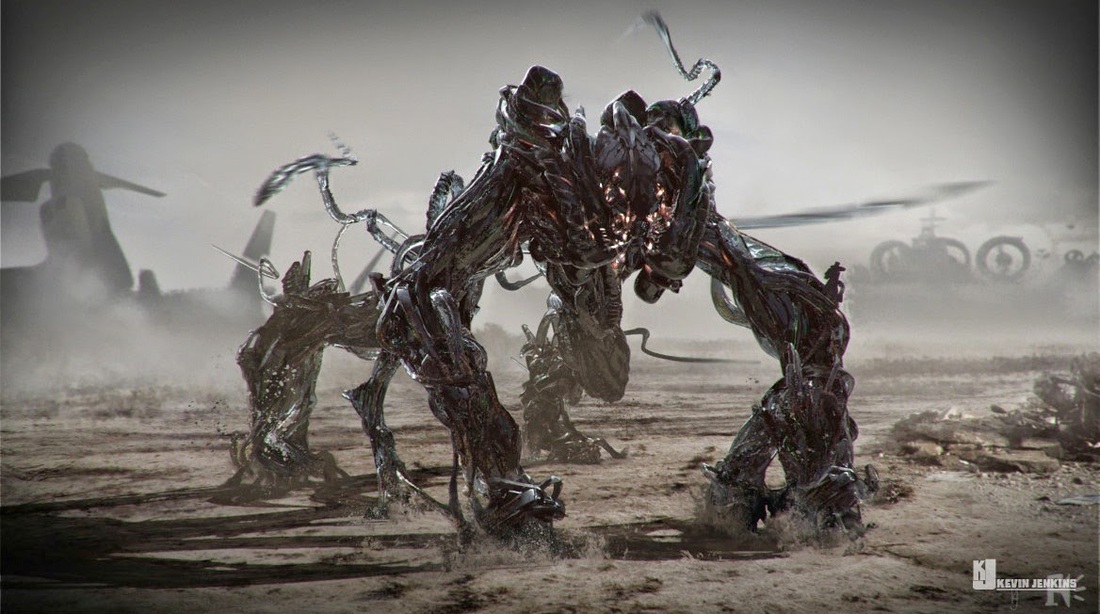

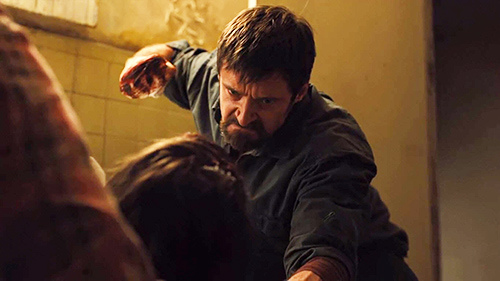
 RSS Feed
RSS Feed
